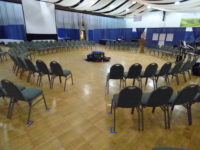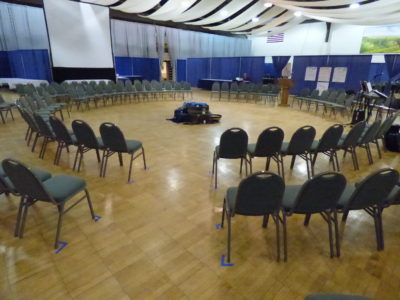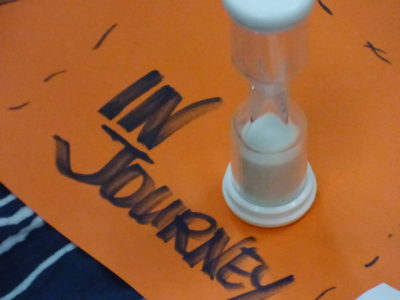Boys do stupid things. I am one of them. I’ve done a few stupid things in my time.
This is not to say that boys are generally stupid. Nor, that all boys are stupid. Nor, that boys don’t do some pretty amazing and intelligent and kind things. But, I’m guessing that most of us, now grown in age, could have an important round of sharing stories about stupid things we’ve done, ranging anything from confessions of shame to “thank God it all worked out” acknowledgements of dumb luck.
I remember the time my twelve year-old friend took a whack at hornet’s nest (yes, I watched). That didn’t turn out too well. It required a trip to the hospital and counting the bites as badge of honor was of little comfort.
I remember the time my two early teen friends and I rode triple on a small mustang bike. One stood peddling. One on the handle bars. One sitting backwards on the seat. I think we laughed, proud of our ingenuity which only needed to get us half a mile to the end of the block. That one ended in scrapes and bruises and nowhere near the end of the block.
And then there was the time that two of my high school friends sat down, intrusively, in a restaurant next to a scrawny and solo junior high kid (I was pretty scrawny too), and pulled up their sleeves and began flexing biceps. It seemed funny, but…
Boys do stupid things.
So let’s suppose that, developmentally, boys will continue to do a stupid thing here and there. Inevitably. Let’s call it a phase, please.
The problem, however, is when boys don’t make it far enough out of the phase that tells us it’s a good idea to whack a hornet’s nest. When you’re twelve, ok. Live and learn. You’ll survive, hopefully. Say sorry to the hornets. When your 22, umm, really? When your 42, developmentally stunted. When your older than that, well that’s just sad. When your a leader with power, weapons, resources and influence globally, umm, that’s at minimum, sad commentary, and arguably, immoral or criminal.
Too many men are living void of essential maturing, still doing stupid boy things, yet with the power of bigger weapons, wealth, and ego — costumed in the illusion of matured human being.
When your a boy doing stupid things, stuff that doesn’t really matter in the long run, seems to matter a bunch. Speed means a lot. Fast cars. Shiny hubcaps. Bulking up means something. Protein. Calories. Looking good at the beach, or the pool, or hanging out on the corner. When your a teenaged boy doing stupid things, hormones drive way too much and too far. It’s stupid to objectify women and claim property in sexual encounter. When you are a boy doing stupid things, you pick fights that don’t need to be fought. Your pride doesn’t let you back down. You escalate to save face. When you’re a boy doing stupid things, you start fires with gasoline and if you are lucky, you only singe your eyebrows. Then you do it again without regard, grabbing a bigger canteen of gas.
Let’s be clear. There are many underlaying narratives and entrenched societal practices that need fundamental re-evaluation and conscious evolution. Much underlaying emotion is surfacing now — animosity, polarity, extremism — but these have been present, lurking, and hidden for a long time. I believe we are now living in an unavoidable confrontation with much hidden individual and collective shadow, which is a good thing. It’s not, however, leadership that is calling all of this forward. It is merely a symbol of outrageous egotism that is triggering most of us, and upping our alertness to essential, required, evolutionary change.
When boys pose as men, with accoutrements of power, money, authority, and yet still, to the core, have the unmatured, uninitiated psyche of boys, we are in a time of some much needed and deep soul searching. Definitely for what we see “out there.” But also for the unmatured and uninitiated “in here,” in each of us. It’s time to name the stupid boy things out loud, honestly. It’s time to take a good look inside to the ways that collectively, we’ve grown and allowed such hornet-whacking norms to be considered even remotely acceptable in boys and men.
Soul-searching. This is one of those times.






